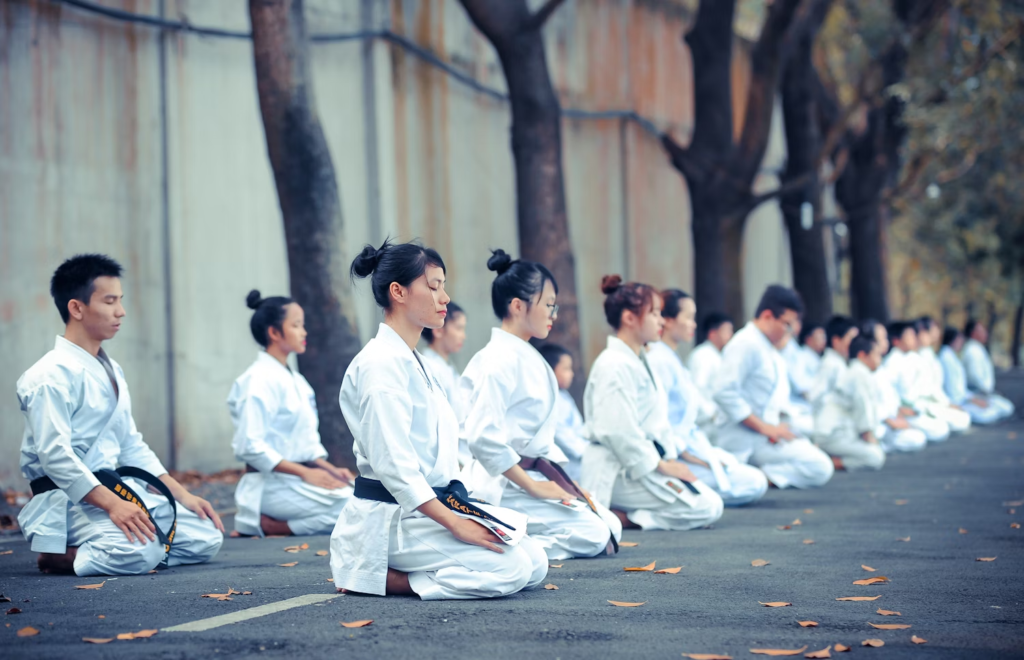For practitioners who have evolved from merely searching “Brazilian Jiu-jitsu near me” to taking Jiu-jitsu seriously, the practice of journaling in Jiu-jitsu fosters a deeper connection with the martial art form. Keeping a Jiu-jitsu training log encourages mindfulness and intentionality during training sessions. These can help practitioners at all levels, beginners and seasoned athletes alike, to internalize techniques and develop a more strategic approach to sparring and competition.
When you’re aiming for a more rewarding journey in Brazilian Jiu-jitsu (BJJ), a well-maintained training log can be a helpful tool on your BJJ journey. Here are some of the best practices for maintaining a training journal.
- Consistency is Key
Writing in your journal immediately after each training session helps capture fresh insights and techniques. This immediacy ensures that you remember the nuances of what you have learned so your entries can be more effective.
Establish a routine, ideally dedicating 10-15 minutes post-training for journaling, to help strengthen this habit. Over time, you’ll find that consistent entries lead to richer reflections and a deeper understanding of your progress.
- Structure Your Entries
A well-structured journal makes it simpler to track your development over time and helps you quickly locate specific techniques when needed. Consider using heading or bullet points for clarity, and organize your log by date and categorizing techniques (such as submissions, sweeps, or guard passes) for easy reference later.
- Detail Techniques Thoroughly
When documenting techniques, it is important to describe them in relation to both you and your opponent. This approach clarifies positions and movements, eventually helping you understand the mechanics behind the technique.
So, instead of simply writing down the name of a technique, elaborate on the steps involved, the timing required, and any adjustments that worked for you during practice. This strategy can also be particularly helpful for practitioners whose memories are not as sharp because there would at least be a physical reference to help them recall.
- Reflect on Performance
Jiu-jitsu is still an art form, a martial art, to be exact. So, it is important to take the time to reflect and note your successes and challenges during sparring sessions. This practice can help you identify patterns in your performance and highlight areas for improvement so you can develop strategies to overcome any obstacles.
Additionally, it can help to record sparring and training sessions so you can observe your technique from a third-person perspective. Ultimately, reflecting on what went well can also boost confidence. Recognizing improvements over time reinforces positive behaviors and motivates continued effort.
- Set Clear Goals
At the start of your Jiu-jitsu training journal, identify short-term and long-term goals to maintain focus and motivation in your journey. Use your journal to outline these goals clearly—whether it is mastering a particular technique, improving conditioning, or preparing for an upcoming competition.
For larger goals, break them into smaller milestones that are achievable within short time frames; this makes the progress feel more tangible. As you train, regularly revisit these goals to help keep them top-of-mind and allow you to adjust them as needed based on your evolving skills.

Train With the Best in New York
Maintaining a Jiu-jitsu Training Log can be beneficial for practitioners who are dedicated to learning the art. However, having a Jiu-jitsu school that is committed to your growth is important, too.
At Jiu Jitsu Modern, you can expect tangible results for your goals with the help of the best trainers in New York. Contact us to start your training.